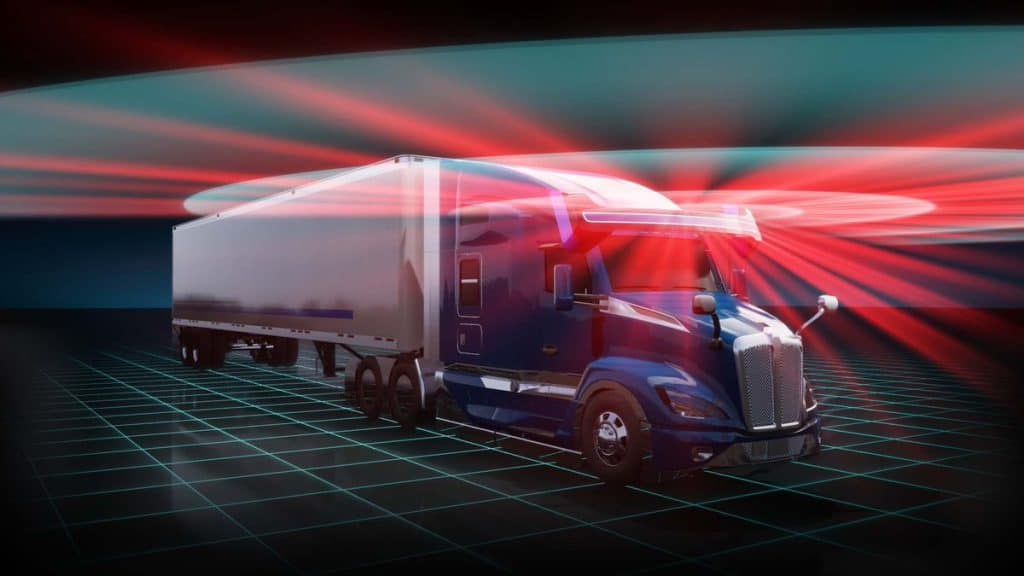
“The NPS software, which relies on raw inputs from radar hardware, improves precision in automotive applications formerly only obtained through the addition of expensive LiDAR sensors and without any weather-related or operational limitations,” said Dr. Behrooz Rezvani, CEO and co-founder of NPS.
“If you have 20/10 vision, you can see details at 20 feet that people with normal vision can only see at 10 feet,” Rezvani said. “Less than one percent of us have that ability. Our technology is akin to improving automotive imaging from 20/20 vision to better than 20/10 vision.”
The CES presentation shows the performance of an automotive radar system based on latest available Texas Instruments 77 GHz chipsets in A versus B testing with and without NPS technology. NPS’s proprietary software empowers existing sensors to resolve to one third of the radar beamwidth, enabling them to extract a point cloud from the environment that’s 10 times as dense. It also significantly increases reliability by reducing the false positives that plague conventional automotive radar by over ten times.
“It’s the equivalent of putting software glasses on the car’s radar vision, so it can see two to three times sooner, clearer, farther, and in all weather conditions,” Rezvani said.
“Automakers will be able to use NPS technology to improve the safety, performance, and cost of their driver-assistance features with existing sensor hardware,” said Dr. Lawrence Burns, executive advisor to NPS and former vice president of research and development at General Motors and former advisor to Waymo. “And autonomous-driving technology companies will be able to safely expand their use cases. NPS can make virtually any set of automotive sensors perform significantly better.”
The foundational patent underlying NPS’s algorithms is based on new mathematics known as the Atomic Norm framework, which has its roots in magnetic resonance imaging (MRI) technology. NPS’s software efficiently implements the Atomic Norm signal processing and machine learning algorithms on processors with neural network capability, such as Nvidia’s low power Jetson family. This software system can be deployed on a wide range of sensing platforms, including radar, LiDAR, sonar, electron microscopes, and defense systems.
In more advanced applications, using NPS software with wide aperture multiband radar, the solution enables radar-based systems to see through physical barriers like shrubs, trees, and buildings — and even around corners.
“We achieve near maximum likelihood performance in detection — meaning our proprietary software achieves close to what is theoretically possible with existing sensors,” said Dr. Babak Hassibi, CTO and Co- founder of NPS, and Professor of Electrical Engineering, Computing and Mathematical Sciences at Caltech.
In May, the National Highway Traffic Safety Administration (NHTSA) proposed rule changes to dramatically strengthen performance standards around automatic emergency braking (AEB), with a goal of lowering pedestrian and bicycle fatalities on U.S. roadways. Specifically, the proposed standard would require the technology to work at speeds ranging from 6 miles per hour to 50 miles per hour.
“NPS’s technology will help automakers meet NHTSA’s tough new AEB standards safer, sooner and at a lower cost than the alternatives,” Rezvani said.
Beyond automotive applications, NPS’s technology can be used in semiconductor manufacturing. With semiconductors, the NPS technology can be used with electron microscopes, allowing greater magnification of nano-structures to detect defects in semiconductor wafers.
“Chipmakers could use NPS to achieve ultra-resolution performance in real time, more than nine times beyond current systems,” said Rezvani. “This would be an unprecedented advance in detecting manufacturing defects.”
For the defense industry, NPS technology could be used to speed up the detection of drone swarms approaching airports, bridges or energy infrastructure.
“Imagine being able to clearly discriminate swarms of hostile drones two or three times sooner than you can today,” said David Dunaway, an executive advisor to NPS and Retired Vice Admiral and Commander, Naval Air Systems Command. “You would be dramatically more effective in protecting vital infrastructure.”